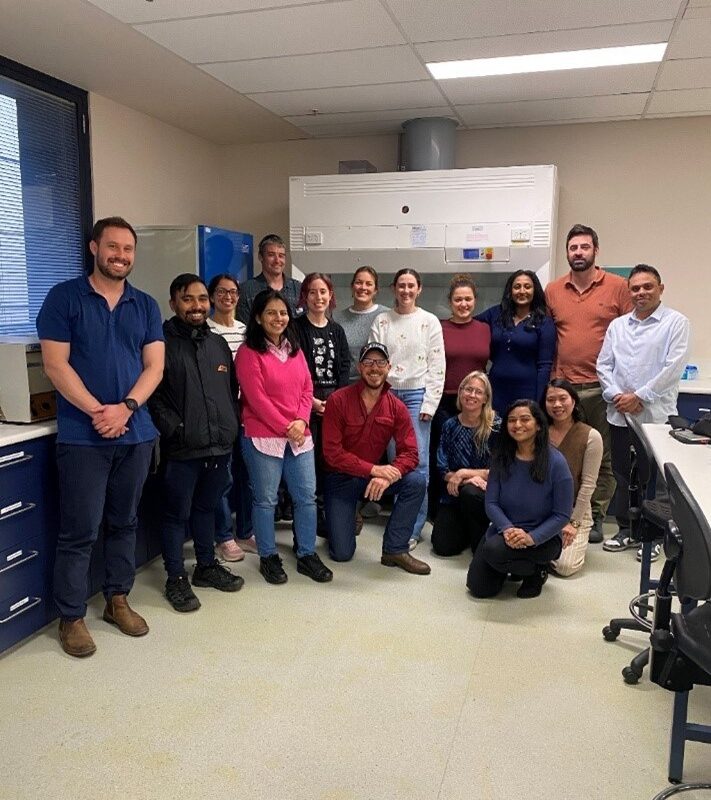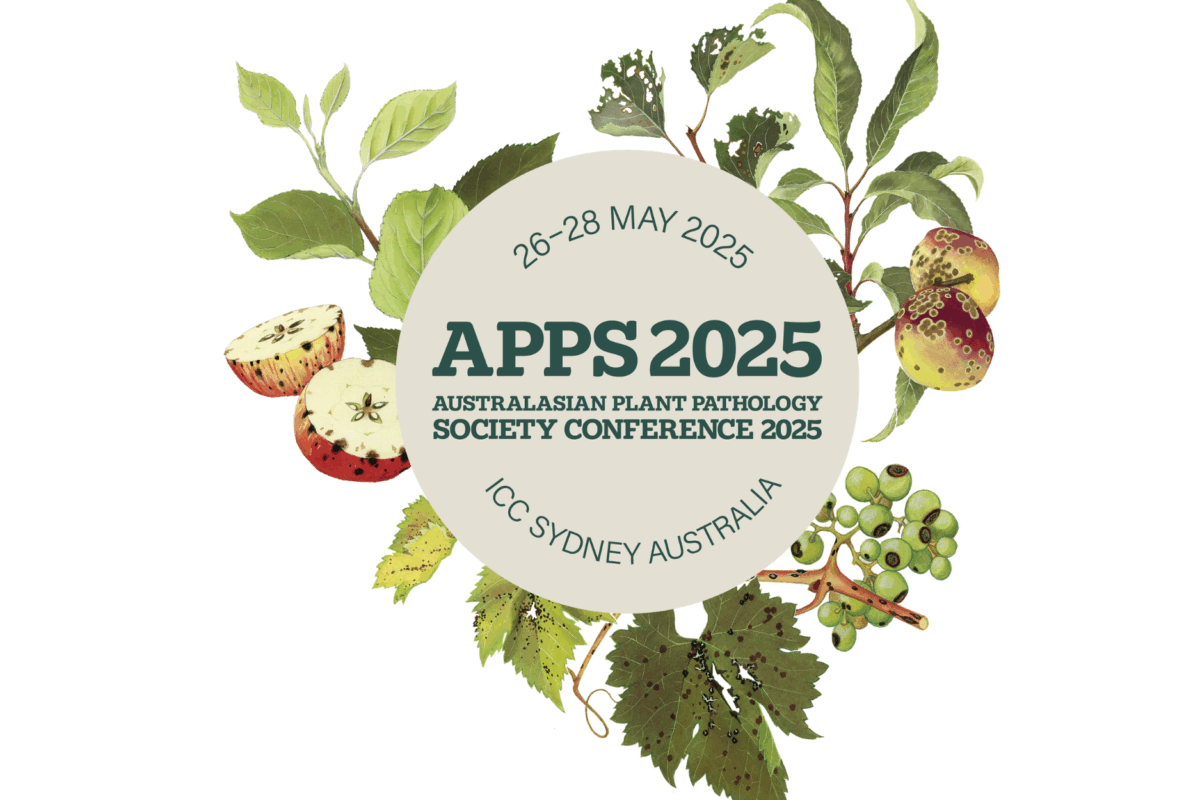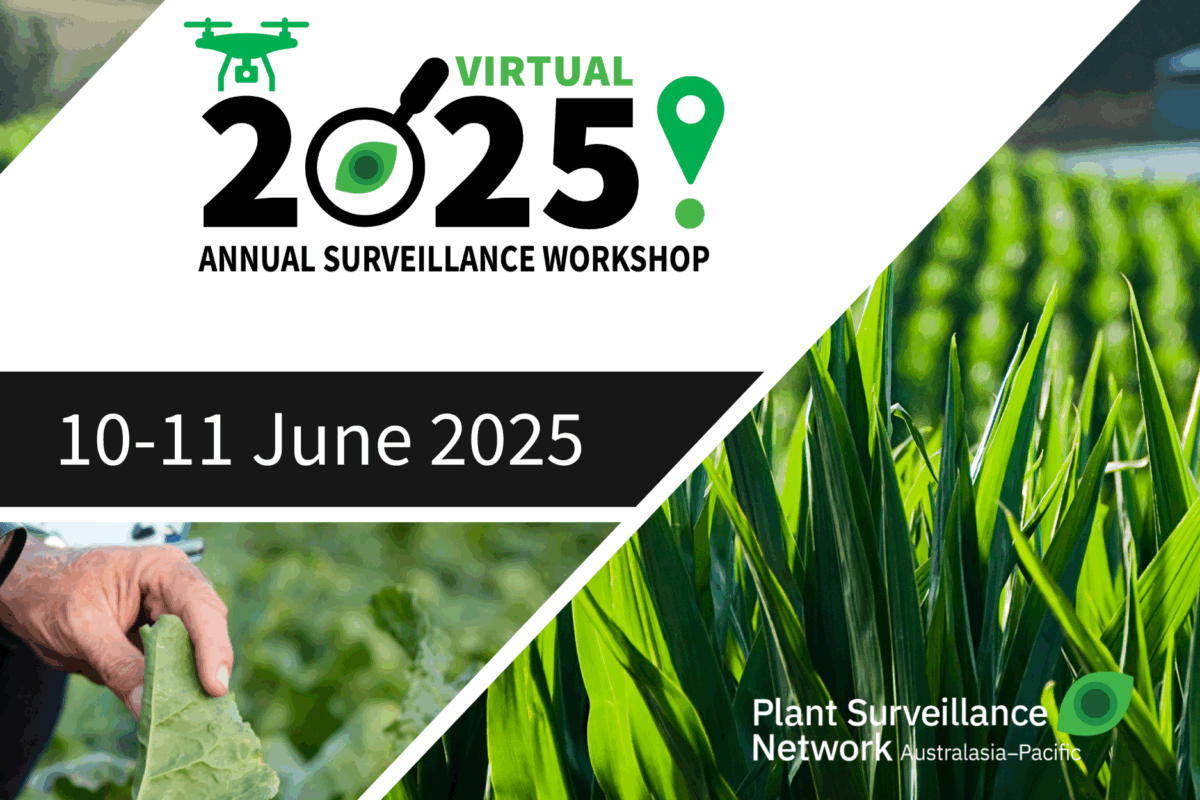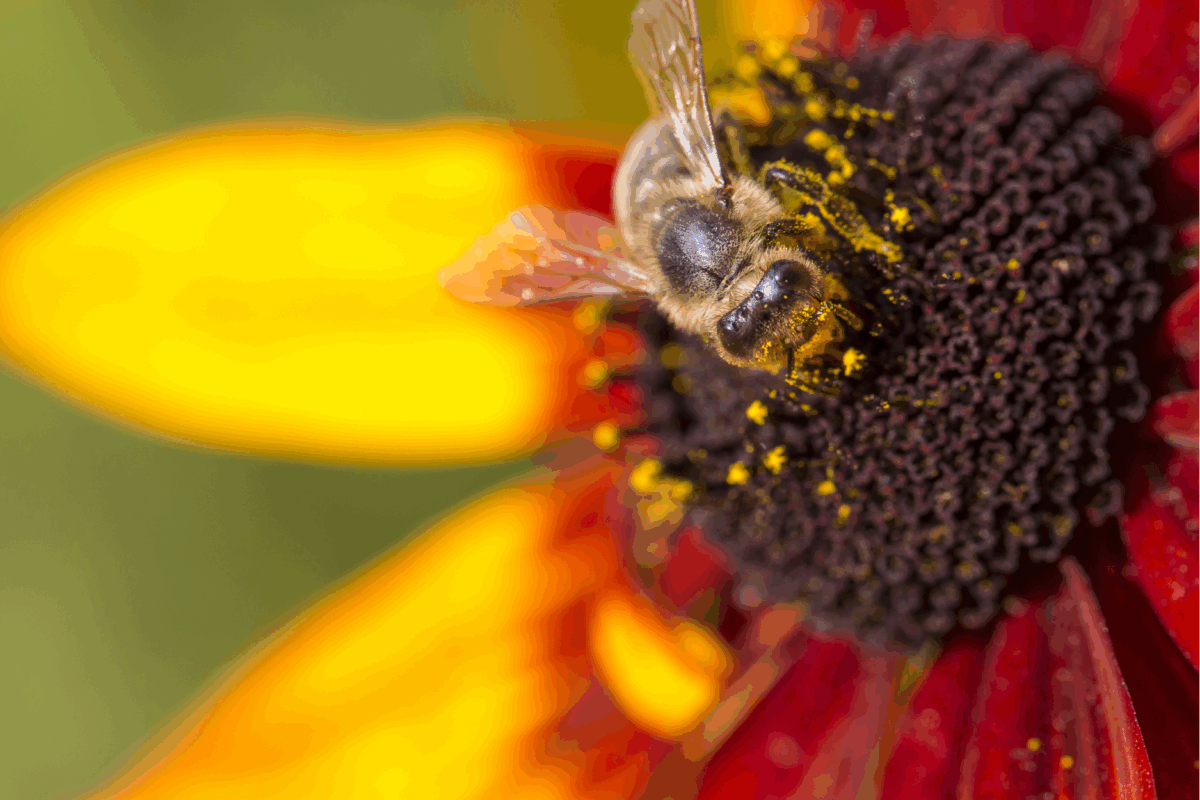Plant pest surveillance in botanic gardens
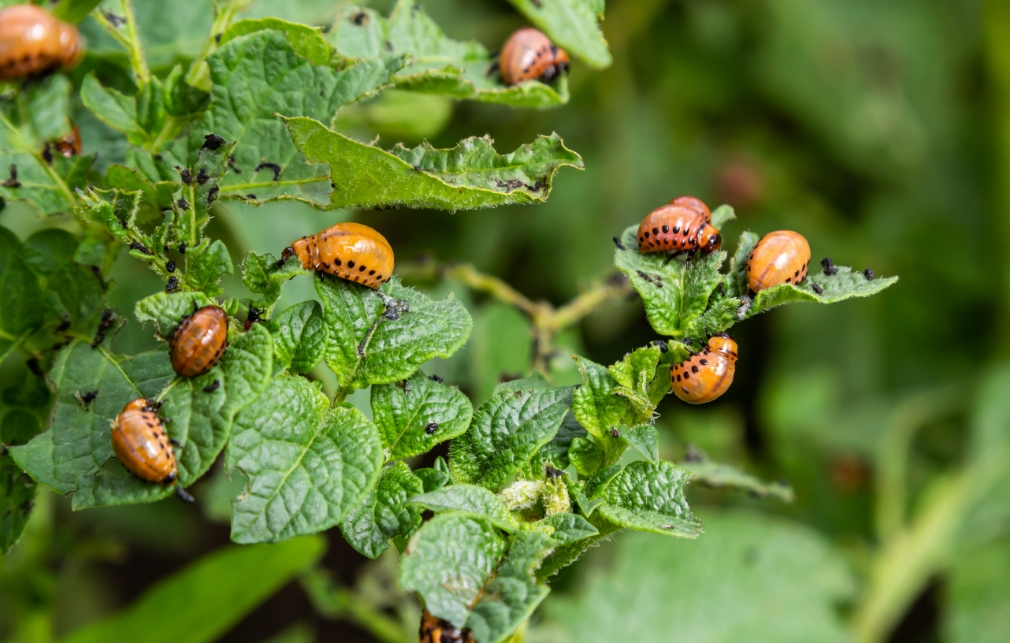
At the end of October, Plant Health Australia’s Executive Director and CEO, Greg Fraser, and other staff spent two days in Melbourne facilitating a workshop for a project to develop a plant pest surveillance network in Australia’s botanic gardens and arboreta.
Head of Seed Conservation and Plant Health at Botanic Gardens Conservation International (BGCI), Katherine O’Donnell, visited from the UK to speak at the workshop. Following the workshop in Melbourne, Katherine visited Canberra to see the National Arboretum and the Australian National Botanic Gardens.
While in Canberra she visited the PHA offices and spoke to staff about her work at BGCI and with the International Plant Sentinel Network (IPSN).
The network links botanic gardens and arboreta, plant protection organisations, and plant health scientists around the world to provide an early warning system of new and emerging pest and pathogen risks.
It is estimated that the approximately 3000 botanic gardens worldwide house 30-40% of known plant species providing significant opportunities for plant pest surveillance.
Botanic gardens have non-native species in their collections that can act as sentinel plants, showing how the species is impacted by pests that may not be present in the plant’s native country or area.
For example, PHA’s connections with the network have already proven useful in determining risks to Melaleuca alternifolia, the species of tea tree that’s grown commercially in Australia to produce oil.
During the development of the tea tree industry biosecurity plan, advice was sought from the IPSN via Katherine on any information about the susceptibility of plants growing in botanic gardens and arboreta overseas that might help guide the pest prioritisation process undertaken in the development of the plan.
Tea tree is also susceptible to myrtle rust, which is now in Australia, but should more virulent strains of the disease be found on plants overseas, we could be notified, and appropriate measures be taken.
In her presentation she also shared insights on the role that botanic gardens can play in biosecurity and the early detection of exotic pests.
“Botanic gardens don’t generally focus on plant health or have diagnosticians, but they do have experienced staff with a wealth of knowledge,” explained Katherine.
“Staff know when a plant doesn’t look healthy,” she said.
Katherine emphasised that when assessing initiatives that they need to investigate “what it is that botanic gardens can really do, as some of them have quite limited resources.”
One recent initiative was a citizen science project referred to as the #Spittlebug Hunt, which used the Twitter tag to receive tweets that eventually identified 86 plants that may be at risk from Xylella.
The spittlebug larvae deposit characteristic ‘cuckoo spit’ when feeding, which is easier to identify than a Xylella infected plant, so they used the spittlebug which is a vector of Xylella to identify possible at-risk plants.
By using social media to engage people, they were able to answer important questions about the potential impact of Xylella on species growing in the botanic gardens.

